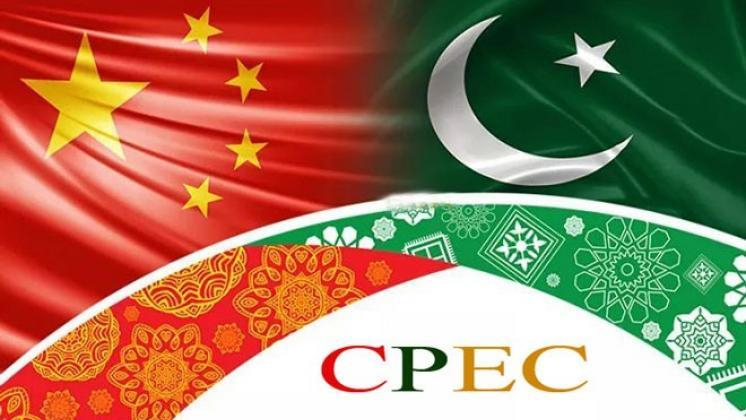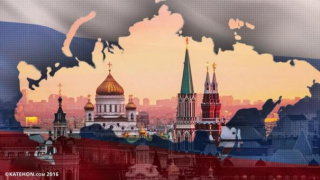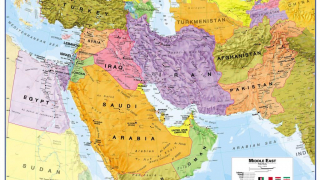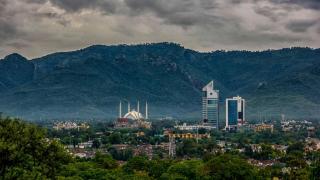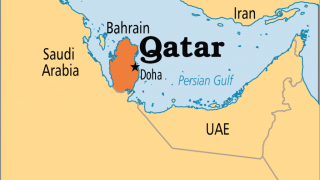Dynamics of CPEC
21.07.2020
Week ago, Chairperson of China Pakistan Economic Corridor (CPEC) Authority, General Asim Saleem Bajwa, announced the completion of fiber optic cables project from Khunjerab to Islamabad under CPEC. Back in 2013, when Pakistan and China signed 51 agreements of more than $60 billion worth of projects under the umbrella of CPEC, detractors declared that the project won’t take off or if it did, it will be a death knell for Pakistan. However, every year since then has proved the naysayers wrong. Instead, CPEC has been rolling along at a rate faster than expected - even by China. The first phase of the project has already been completed, and this month Gen Bajwa has announced that second phase will start soon under which the whole rail network of Pakistan will be upgraded and the direction of the project will shift from transportation infrastructure and energy to industrial collaboration, agricultural assistance, and industrial zones development.
In addition, in an unprecedented move, Iran - initially a skeptic of CPEC – this week also threw its weight behind the project after sidelining India from its Chabahar port project and awarding it to China instead. Since 2013, Indian media had painted Chahbahar project as an alternative to Gwadar port under CPEC. Now that China has stepped into Chahbahar port as well, both Gwadar and Chahbahar ports will work in cooperation instead of competing with each other.
The CPEC is regarded as a game-changer for the geopolitics of the region. With the prevailing mindset of security through progress, the project will connect Kashgar in China to Gwadar in Baluchistan province of Pakistan with a 3000-kilometer-long road network and a rail passage known as ML-1.
The project will provide China with access to the hot-water deep seaport, allowing it to save billions of dollars annually by cutting down the distance for energy imports from the middle-east by almost 12,000 kilometers. In 2013 China shared its global ambition by revealing the Belt and Road initiative (BRI), also known as the Silk Road 2.0. China Pakistan Economic Corridor (CPEC) is the crown jewel of Belt and Road initiative (BRI). It comprises large-scale infrastructure projects that will be built on a win-win cooperative structure to enhance communication, trade and connectivity. Because of its outlook and scale, CPEC is seen as the Marshall Plan for Asia as it proposes to revive the whole region.
CPEC proposes to establish Pakistan’s domestic economy on a continuous growth path using infrastructure expansion and regional connectivity. Special industrial and economic zones will be established in all the major cities, as part of the project, to reinvigorate Pakistan’s manufacturing sector. These special economic zones (SEZs) have also been lately marketed to third-party countries like Saudi Arabia, UAE, UK, and Qatar and thus, are predicted to bring considerable foreign direct investment (FDI) into Pakistan. Involvement of other countries will also enhance bilateral ties, connectivity and regional commerce. In addition, it would lead to increased economic integration and facilitate economic growth at the regional level. Most of the energy projects under the CPEC - called early harvest - have already been completed, and the project is now entering its second phase.
The basic structure of CPEC is composed of win-win cooperation between China and Pakistan. The key objective of the CPEC is to remodel Pakistan’s economy through improving its road, rail and information framework on the technology transfer basis. Along with billions of dollars in investment from China, Pakistan is getting connected to China’s outstanding technological skills. And this has already produced fruitful results. For example, in 2013 when the project was inaugurated, Pakistan was suffering from serious energy shortfalls. For that reason, many massive energy projects were marked as early harvest, and they have now helped Pakistan solve its energy crisis.
It’s clear now that with the expansion of China, the unipolar world order where the US controlled the world, does not exist now. Besides, we now have other big international powers like Russia and the EU. The CPEC puts Pakistan at a very prominent geo-strategic position that could connect China, Russia, and EU.
Because of its connectedness, the CPEC is having a very positive impact on Pakistan’s foreign policy. For many decades now, Pakistan and China have had warm bilateral relations, but CPEC has shifted the alliance of the two countries into a strategic partnership. Hence, China has been supporting Pakistan more than any other country at the security council of the United Nations. Another trait of CPEC is its capacity to connect land-locked central Asian countries to the hot-water deep harbor of Gwadar. This will open an alternative passage for central Asian countries to export their mineral and energy resources around the region. Therefore, Pakistan is also preparing itself to act as an energy transit corridor and is using the CPEC to push for convergence of distinctive civilizations through Gwadar dialogue. Thus, CPEC is not only helping Pakistan in its domestic foreign policy, but it also has the potential to considerably improve the Afro-Euro-Asian integration in the new multi-polar world.
PM Imran Khan recently stated that CPEC presents a golden opportunity for Pakistan to revitalize its economy and attain development. The essential reason for this statement is that CPEC can substantially increase the overall competitive capacity of Pakistan. In the history of humankind, there has never been a project of CPEC’s scope. Ever since CPEC’s announcement, the US and its ally India, have tried to undermine the project, but they have failed in all their attempts. Iran’s move to exclude India from Chabahar port, and instead including China in it, has also been a heavy disappointment for India. Therefore, considering the current dynamics of the CPEC project, it is moving smoothly towards its scheduled completion by 2030.

